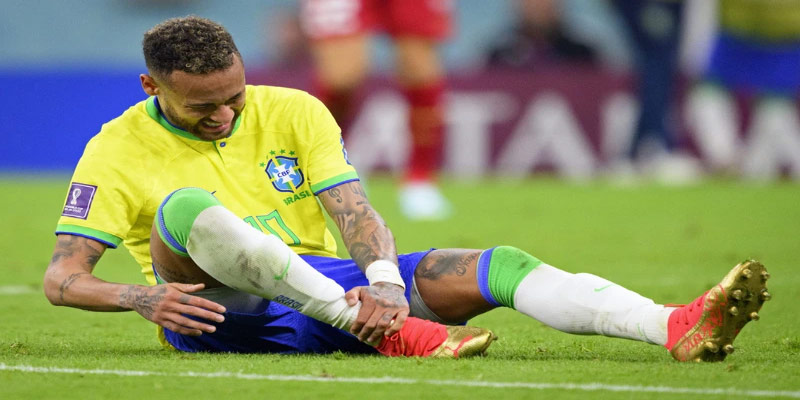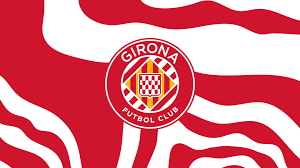
Recover from Injured player: Expert Secrets Revealed
In football, an injured player can drastically change the course of a match, impacting both the player and their team’s performance. Understanding the causes of injuries, available treatment options, and how players can recover effectively is vital for athletes, coaches, and fans. For those looking to stay informed on football dynamics and injury updates, platforms like I9BET offer valuable insights and real-time information.
Introduction to Injuries in Football
Football, as one of the most physically demanding sports, is no stranger to injuries. The thrill of the game comes with its share of risks, and every season brings stories of athletes sidelined due to various physical ailments.
The importance of understanding player injuries
Understanding player injuries is paramount for multiple reasons. For coaches, it enables them to develop effective training regimens that minimize risk. For teams, knowledge about injuries aids in making strategic decisions when selecting lineups or planning recovery timelines. Furthermore, fans gain insight into the challenges players face, fostering a deeper appreciation for their resilience and dedication.
From broken bones to sprains, a variety of injuries can plague football players, each with distinct ramifications on their careers. The more informed we are, the better equipped we become to support these athletes through their struggles.
Common injuries in football
Among the most common injuries in football, ankle sprains stand out. These occur when the foot rolls or twists awkwardly, stretching or tearing ligaments in the ankle.
Knee injuries, such as anterior cruciate ligament (ACL) tears, have become infamous in the sport, often requiring extensive rehabilitation. These injuries can be career-altering, making early diagnosis and intervention critical.
Hamstring strains represent another prevalent issue, often resulting from sudden bursts of speed or sharp changes in direction. These injuries can be frustrating for players, as they may linger and require careful management.
Other injuries include fractures, muscle strains, and concussions. Each type has unique characteristics that influence recovery times and approaches.
Factors leading to injuries in football
Several factors contribute to the likelihood of injuries in football. Physical conditioning plays a pivotal role; players who lack strength or flexibility are more susceptible to sustaining injuries during matches.
Fatigue also significantly impacts performance and increases injury risk. As players tire, their reaction times slow and decision-making declines, making them more vulnerable to both impact and non-contact injuries.
Environmental factors, including playing surface, weather conditions, and equipment quality, can further exacerbate the situation. If the grass is slippery or hard, the risk of injuries escalates.
Ultimately, recognizing these contributing elements allows for proactive measures to be put in place to reduce the incidence of injuries.
How Football Players Recover from Injuries
When an injury occurs, the focus shifts from performance to recovery. This transition is critical and can determine a player’s ability to return stronger than before.
Initial injury treatment methods
The immediate response to an injury is crucial for a successful recovery. Following the RICE method—rest, ice, compression, and elevation—can help mitigate swelling and promote healing. These initial steps are vital immediately after the injury, ideally within the first 24 to 48 hours.
Rest prevents further damage, while icing helps reduce inflammation. Compression wraps provide support and limit swelling, and keeping the injured area elevated allows fluids to drain away.
Beyond RICE, professional evaluations often involve imaging techniques like X-rays or MRI scans to assess the severity of the injury. Depending on the findings, medical professionals can devise tailored treatment plans.
The role of sports doctors and medical teams
Injured players rely heavily on the expertise of sports doctors and medical teams throughout their recovery journey. These experts bring specialized knowledge of athletics’ unique demands, ensuring that care is both effective and suited to the athlete’s needs.
Sports doctors conduct thorough assessments and collaborate with physiotherapists, trainers, and nutritionists. They design personalized rehabilitation programs that address specific injuries while considering the player’s overall fitness and performance goals.
Additionally, team physicians offer emotional support during recovery. Knowing they are backed by knowledgeable professionals alleviates anxiety and encourages players to trust the process, fostering a positive mindset during challenging times.



